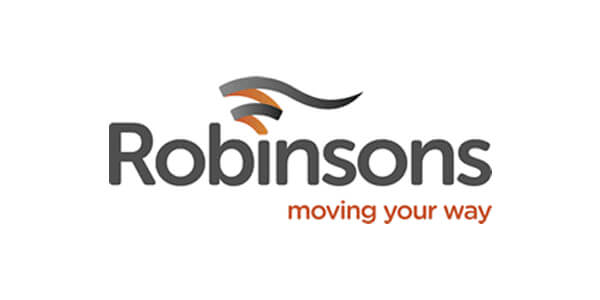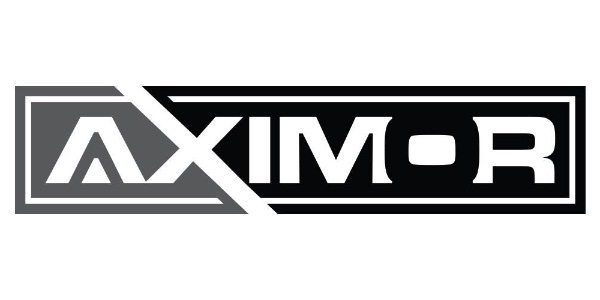Emergency lighting design, installation and commissioning
If you have a business premises and employ staff then you have a duty of care and responsibility. Our emergency lighting installation service helps ensure that in the event of an emergency or power failure, escape from the building is not hindered by the lack of emergency lighting. Our specialist team of SWAT Engineering Ltd engineers can design, install and maintain your lighting system to ensure that you are fully compliant with British Standards. Whatever the required application and specification, we can tailor an emergency lighting system for you. For example, you may need a simple escape lighting for stairwells and corridors; or you may need emergency lighting for a high-risk task area where operatives need to safely negotiate machinery in the event of a mains failure. Open plan anti panic areas can be designed for larger scale office installation and in all cases free quotations and advice is available. Our highly professional Emergency Lighting Installation team can install all types of emergency lighting systems. From a simple self contained emergency exit light to a fully addressable system, we provide a high standard of installation all complying with both BS5266 and BS7671:2008 requirements.
Where and why is emergency lighting needed?
Emergency lighting systems and signs are needed wherever there is a common escape route and should be located where they can clearly illuminate the escape route to final exits from a building. If the final exit is not easily identifiable then a illuminated sign should be used instead of a light. Close attention should be paid to stairways, changes in level, corridor intersections, changes in direction, the outside of each final exit, control/plant rooms, lifts, toilet areas over 8 m2, fire alarm call points, and fire fighting equipment; equipment that would need to be shut down in an emergency; and common escape routes across a flat roof. Those installing the system should bear in mind that occupants may not be familiar with a building, or may be in a panic, therefore all exits and directions need to be clearly illuminated where they can be seen easily.
Testing and maintenance of emergency lighting
Emergency escape lighting systems requires adequate facilities are used for the testing and should be incorporated into the system design. It is important that staff carrying out the tests is of a high enough caliber and reliability, and that discharge tests are performed outside of normal working hours, or phased for permanently occupied buildings so that lights are tested alternately. Testing requirements include: a monthly function test, by breaking the supply to them to see if they work, then restoring the supply to check charging indicators; and an annual Discharge test, where lights are tested for their full rated duration period then checked after supply is restored. Results should be recorded. If tests are to be carried out manually then a separate switch is required for each circuit, unless the whole building is to be switched off, and will probably warrant two building checks, first to see if the lights are operating, and second to ensure they are recharging. If each light is switched individually then only one walk round the building will be needed, however, separate switches can look unsightly and must be designed so they cannot be interfered with. Emergency lighting systems should be serviced regularly, usually whilst carrying out tests, and any spares likely to be needed, e.g. replacement lamps, should be readily available at all time.
We offer a quick, tidy and very professional service. All works will be carried out to the highest quality and standard. If you have any questions or would like to discuss any matter please do not hesitate to contact us free on 0800 505 3077.

































